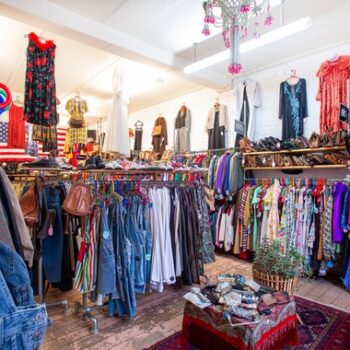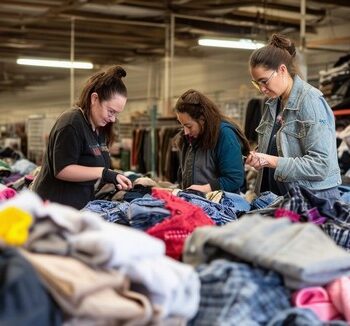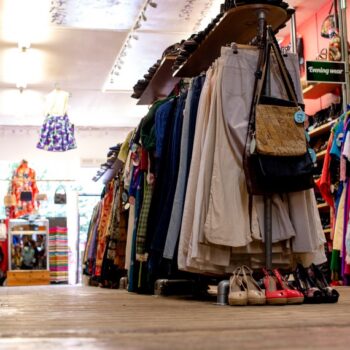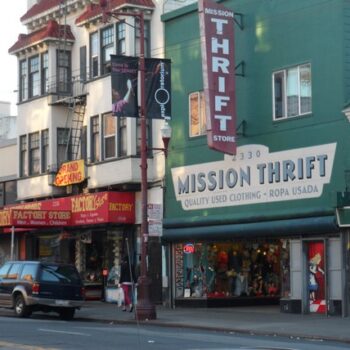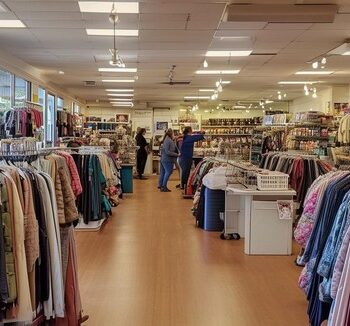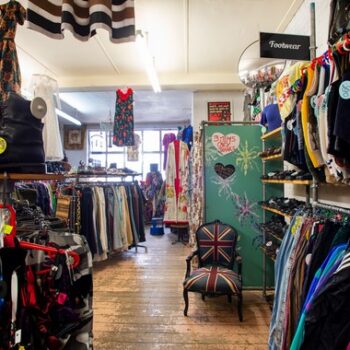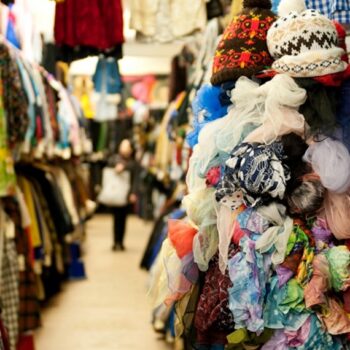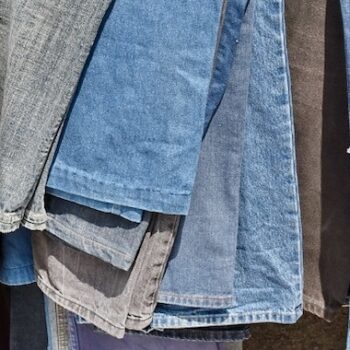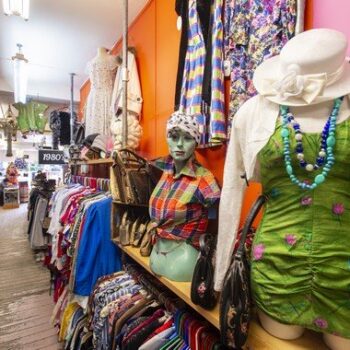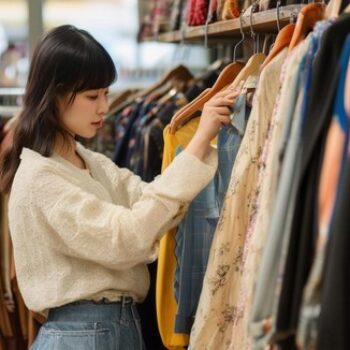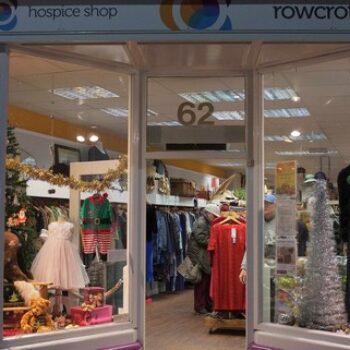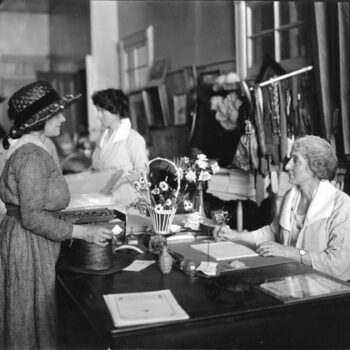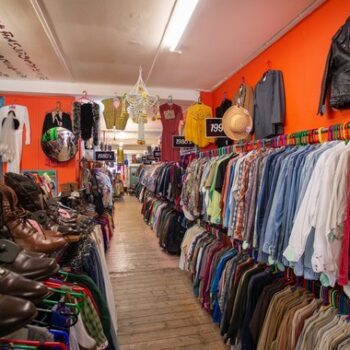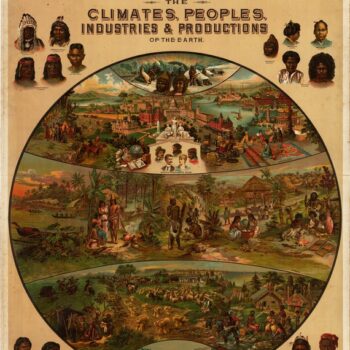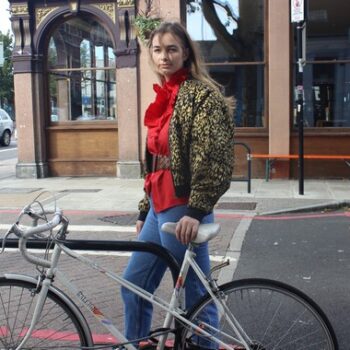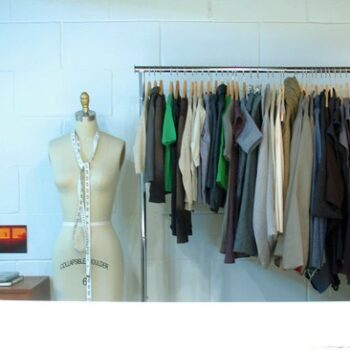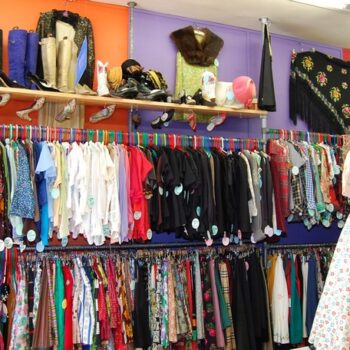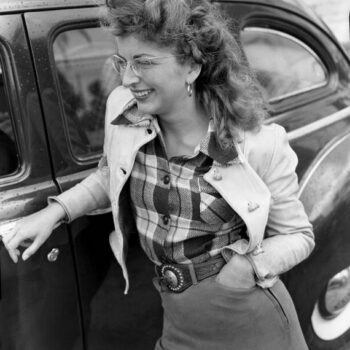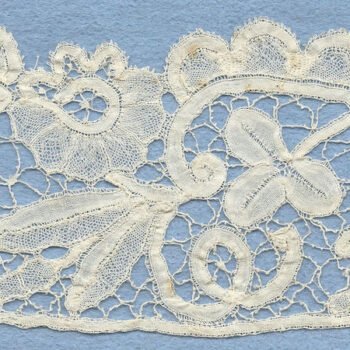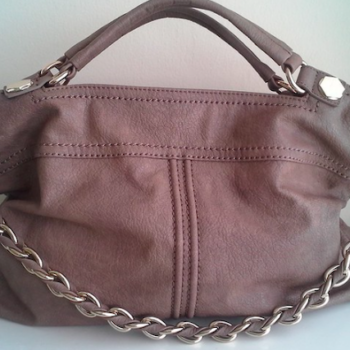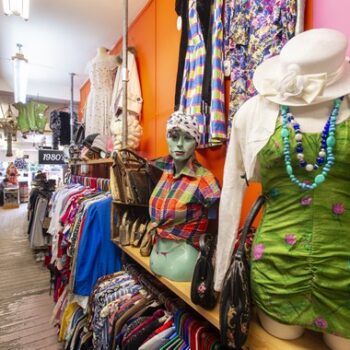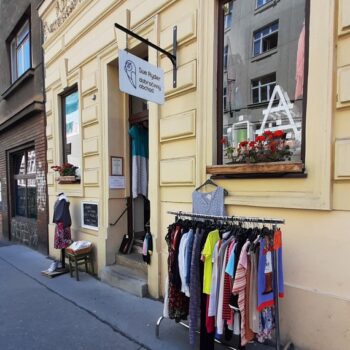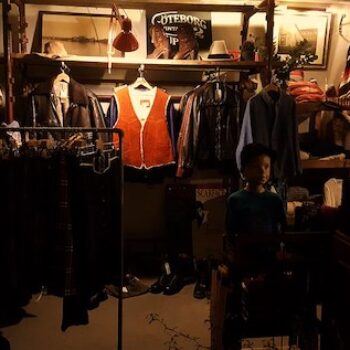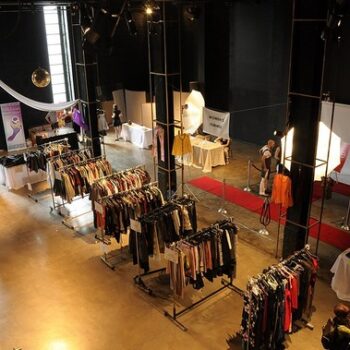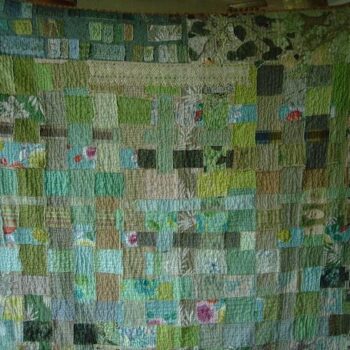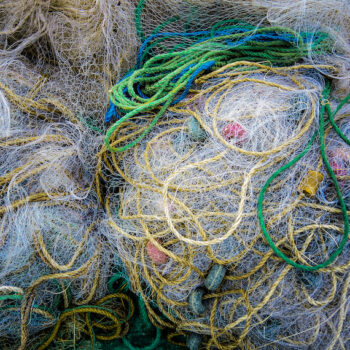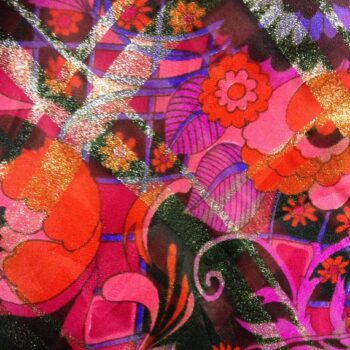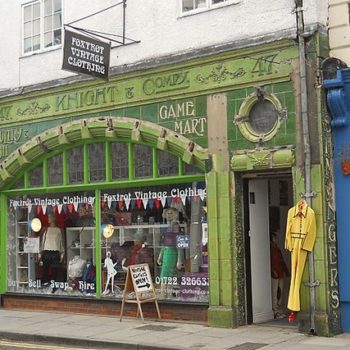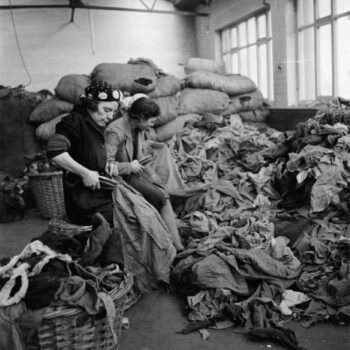How Buying Clothes From Thrift Stores Reduces Landfill And Greenhouse Gases
June 1, 2024How buying clothes from thrift stores reduces landfill and greenhouse gases and plays a critical role in reducing textile waste. Thrift stores like Goodwill receive around 6 billion pounds of donations annually. Out of these, approximately half go directly for resale on store floors. The rest get sorted for salvage markets or transformed into industrial materials, like cleaning rags and insulation. This means less waste filling our landfills.
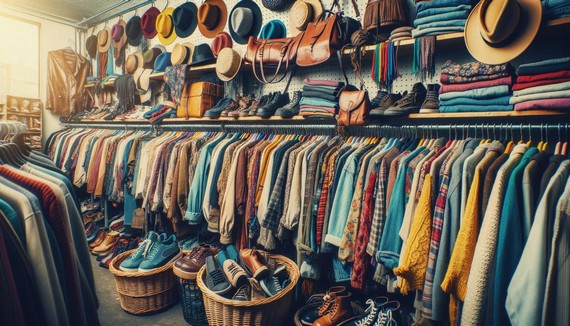
Thrift store clothing
Reduction of Textile Waste
About 85% of textile waste winds up in landfills, with only about 15% of used clothing getting recycled.1 By purchasing second-hand, you’re helping to reduce these statistics. How buying clothes from thrift stores reduces landfill and greenhouse gases by extending the life cycle of a garment through thrifting, significantly reduces its environmental footprint.
Clothing production in supply chains uses a staggering amount of resources. One cotton shirt needs up to 700 gallons of water. Each piece purchased second-hand is a small win against unnecessary consumption.
Thrifted clothes also come without the carbon footprint of new manufacturing and shipping. Fast fashion is responsible for hefty carbon emissions due to production and transport. Opting for second-hand means fewer new garments made and transported, leading to a direct drop in greenhouse gas emissions.
Salvation Army’s stores around the Twin Cities sell about 320,000 pounds of clothing monthly. Items that can’t be sold are still utilized. They divert garments overseas, supporting local economies while ensuring those clothes have another chance at being worn.
Thrifting isn’t just good for the planet; it helps local communities. Those second-hand finds could be funding community programs and creating jobs. Supporting such establishments has a double impact: less waste and more community resilience.
Thrifting also inspires creativity. Those retro finds can be repurposed into new outfits, saving you from the mundane while giving life to what might have been waste. Each piece picked up from a second-hand store dodges the waste conveyor belt and reduces environmental strain.
Thrift stores like Goodwill and Salvation Army act as modern-day heroes. They efficiently recycle vast quantities, keeping clothing out of landfills and minimizing their environmental impact. Every pre-loved item you buy from a thrift store contributes to resource conservation and carbon footprint reduction.
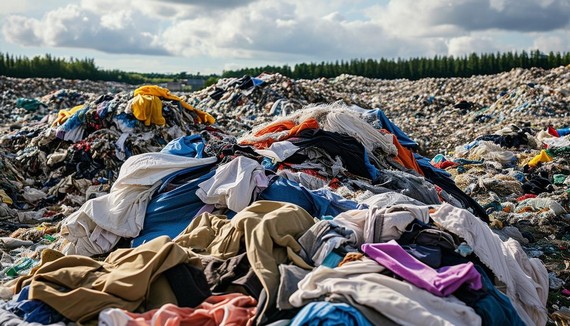
Piles of clothing and textile waste in a landfill
How Buying Clothes From Thrift Stores Reduces Landfill And Greenhouse Gases – Conservation of Resources
Every second-hand purchase you make helps conserve invaluable resources, like water, raw materials, and energy, that would otherwise be used in the production of new clothes.
Producing a single cotton shirt uses up to 700 gallons of water. By opting for second-hand, each thrifted item avoids this colossal water consumption, saving an immense amount of this precious resource and additional water pollution.
Raw materials also take a hit when it comes to new clothes. Cotton fields require heaps of pesticides and exhaustive effort in harvesting, not to mention synthetic materials derived from fossil fuels. A second-hand purchase directly reduces this demand. How buying clothes from thrift stores reduces landfill and greenhouse gases when you find that impeccably styled vintage coat, you’re rescuing it from a potential landfill fate while simultaneously curbing the need for fresh raw materials through additional supply chains.
Energy conservation is another massive benefit of thrifting. Manufacturing new garments involves several energy-intensive steps:
- Spinning and weaving
- Dyeing and stitching
- Transport emissions when these pieces travel from factories to stores worldwide
Second-hand clothing has already been through this energy-intensive process. By giving it a second life, you contribute significantly less to the overall energy consumption, easing the strain on power grids and the planet.
Every pre-loved piece you find at thrift stores translates to less strain on manufacturing machinery and facilities that, in turn, pump out fewer carbon emissions. Each new piece foregone is a victory for our ecological footprint. For instance, buying a pair of pre-loved jeans means fewer crops sown, less fuel burned, and reduced water usage.
Sharing the wardrobe love also keeps existing products in circulation longer, amplifying their utility. Extending the life of materials via re-wearing locks in the value of the resources initially invested. It’s making the most of what’s already been produced without constantly feeding the production cycle.
Every well-loved jumper, skirt, or bag you give a new home means fewer new items produced, translating to conserved water, saved raw materials, and spared energy.

A cotton field being irrigated, showing the water usage in cotton production.
How Buying Clothes From Thrift Stores Reduces Landfill And Greenhouse Gases – Reduction of Carbon Footprint
When it comes to reducing our carbon footprint, opting for second-hand clothing is an unsung hero. The fashion industry is notoriously carbon-intensive, with countless steps from raw material extraction to the delivery of finished garments contributing to high emissions. By choosing thrifted items, you directly curtail these emissions, leading to a greener wardrobe.
Manufacturing new garments involves several carbon-heavy processes:
- Cultivation of raw materials like cotton
- Extraction and processing of synthetic materials
- Dyeing and finishing processes that are energy-intensive and often rely on fossil fuels
Additionally, the transport of these garments around the globe—from production to retail—burns significant amounts of fuel, adding to the carbon trail.
Producing a single pair of jeans generates about 33.4 kilograms of CO2 emissions.2 Compounded across millions of pairs produced annually, the environmental cost is immense. On the other hand, thrift shopping bypasses most of these processes. Those fab jeans you scored at a thrift shop have already been through the resource-intensive manufacturing stages, their initial carbon cost already paid. By re-wearing them, you’re halving their carbon footprint and supporting the effort in how buying clothes from thrift stores reduces landfill and greenhouse gases.
How Buying Clothes From Thrift Stores Reduces Landfill And Greenhouse Gases – Transportation
Transportation is another major player in the high emissions game. New garments often travel thousands of miles from factories to retail stores worldwide. This journey, comprising road, marine, and air freight, is a cocktail of carbon emissions. When you buy second-hand items locally, you reduce the demand for these long-distance travels and cut down on the carbon emissions associated with shipping and distribution.
According to research on how buying clothes from thrift stores reduces landfill and greenhouse gases, thrift shopping can reduce an individual’s carbon emissions by up to 60%.3 Each pre-worn garment means one less new item needing to be produced, lowering the demand for high-emission manufacturing processes.
Adopting a thrifting lifestyle inspires a more sustainable habit loop. As consumers grow accustomed to buying second-hand, they reduce impulsive purchasing from fast fashion chains, which are notorious for their wasteful supply chains and pollutive practices. This behavioral shift leads to a collective decrease in demand for new garment production, subsequently driving the fashion industry towards more sustainable practices.
Data from the ThredUp 2021 Resale Report shows that if everyone bought one used item instead of new this year, it would save nearly 5.7 billion pounds of CO2 emissions. That’s akin to taking half a million cars off the road for a year.4
By choosing thrifted clothing, you’re making an eco-friendly statement and contributing significantly to environmental sustainability. Each piece salvaged from the thrift rack instead of bought new helps slash carbon emissions through reducing unnecessary supply chains, pushing the fashion industry towards a more sustainable future.
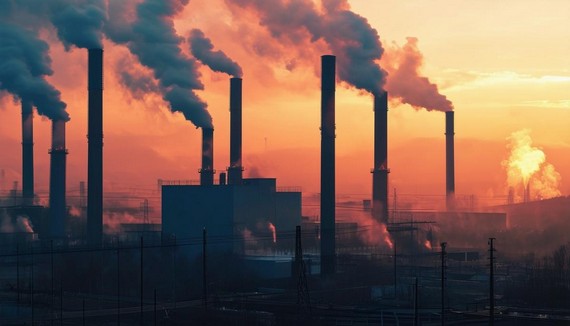
A clothing factory with smoke stacks emitting pollution and carbon emissions.
So next time you’re tempted by fast fashion, remember how buying clothes from thrift stores reduces landfill and greenhouse gases and that every second-hand purchase is a step towards reducing waste and conserving resources. Embrace the charm of thrift stores and make your wardrobe an eco-friendly statement.
- Bick R, Halsey E, Ekenga CC. The global environmental injustice of fast fashion. Environ Health. 2018;17(1):92.
- Levi Strauss & Co. The Life Cycle of a Jean. 2015.
- Farrant L, Olsen SI, Wangel A. Environmental benefits from reusing clothes. Int J Life Cycle Assess. 2010;15(7):726-736.
- ThredUp. 2021 Resale Report.




